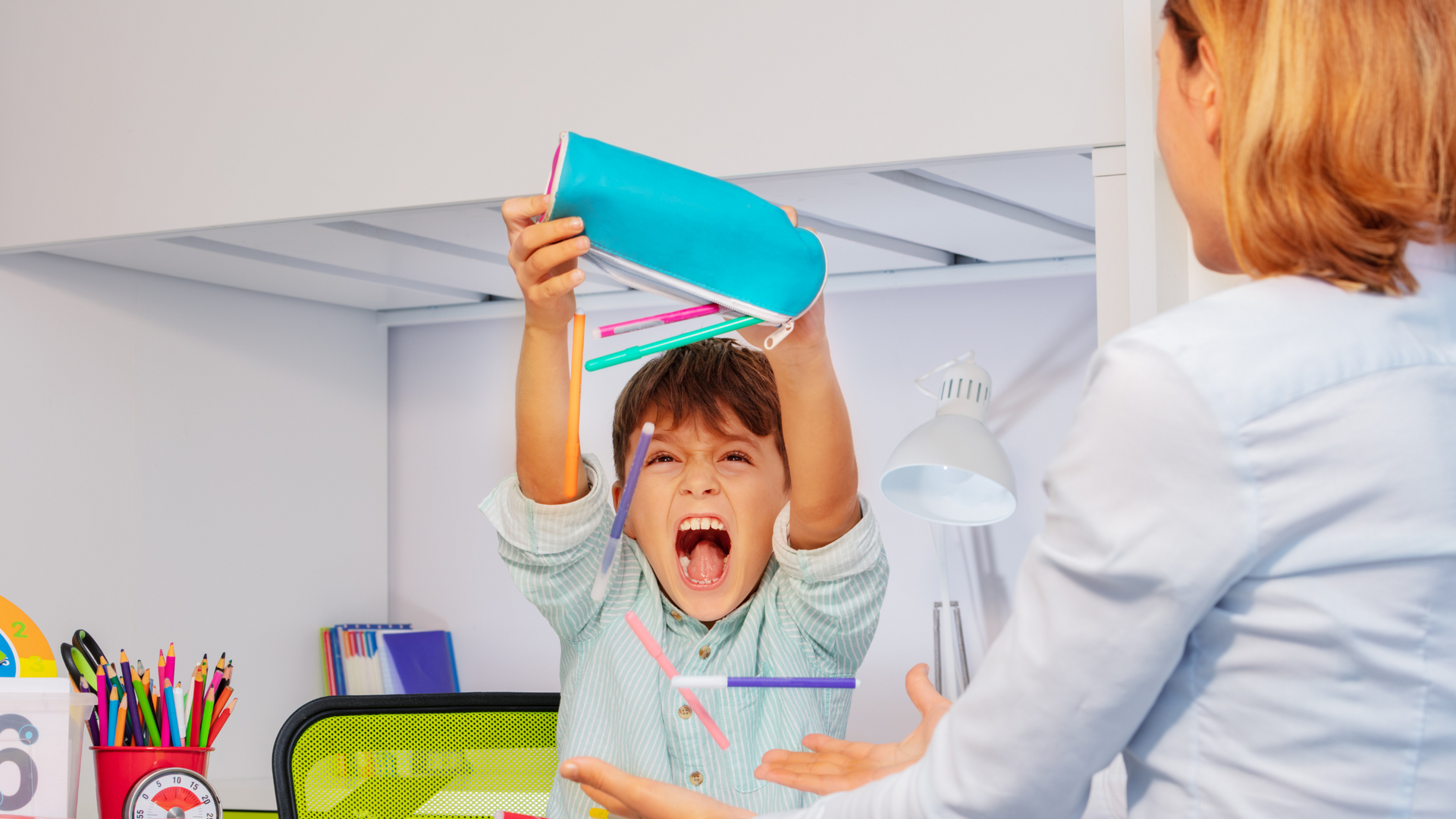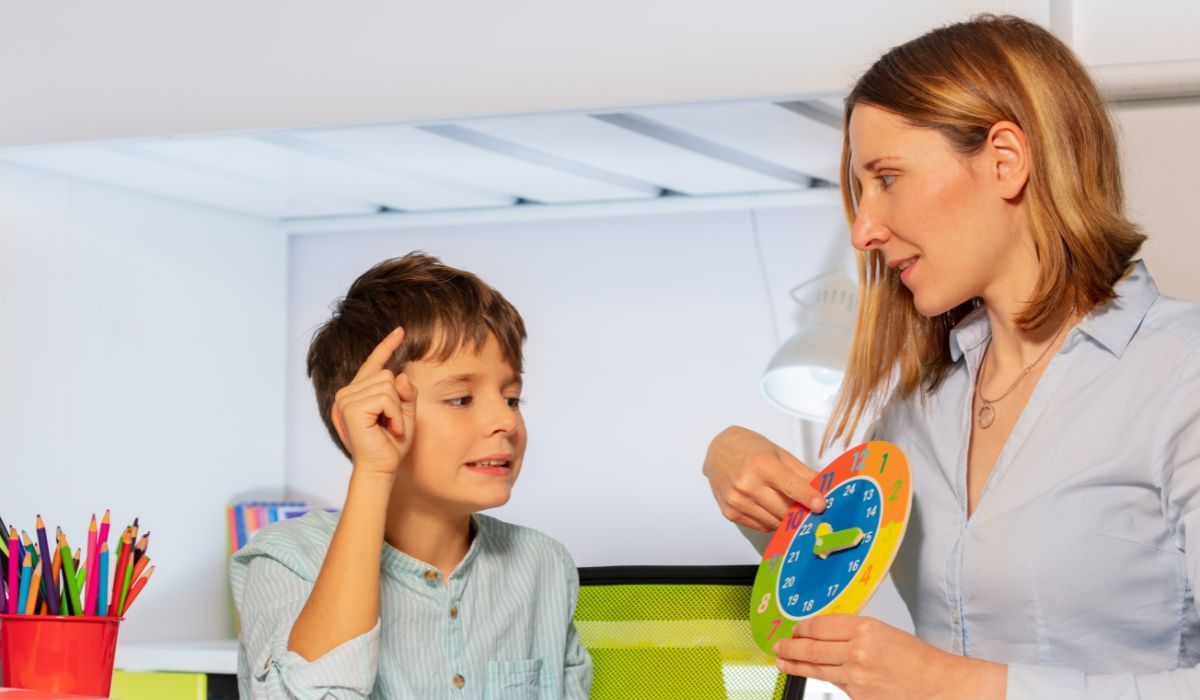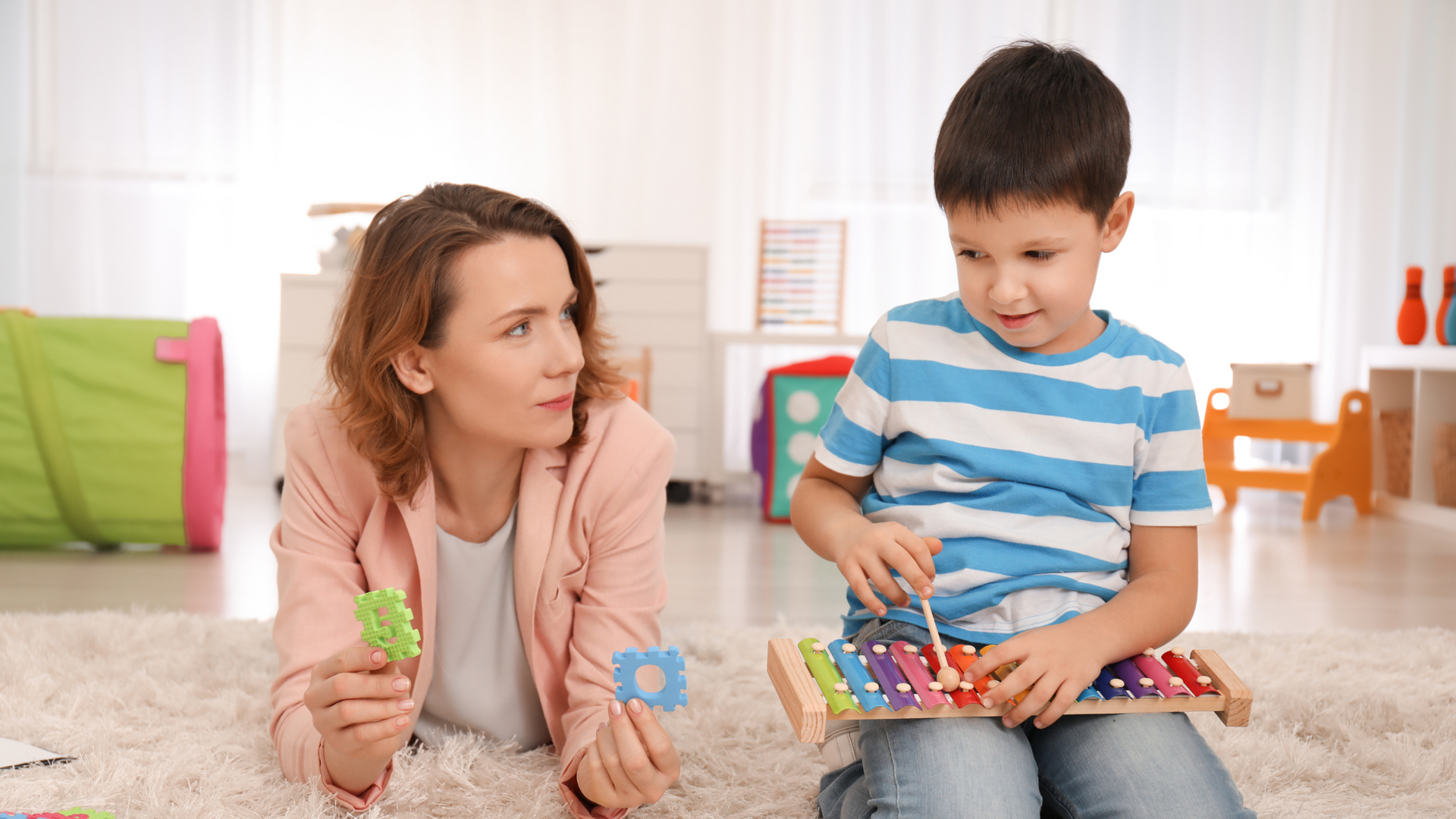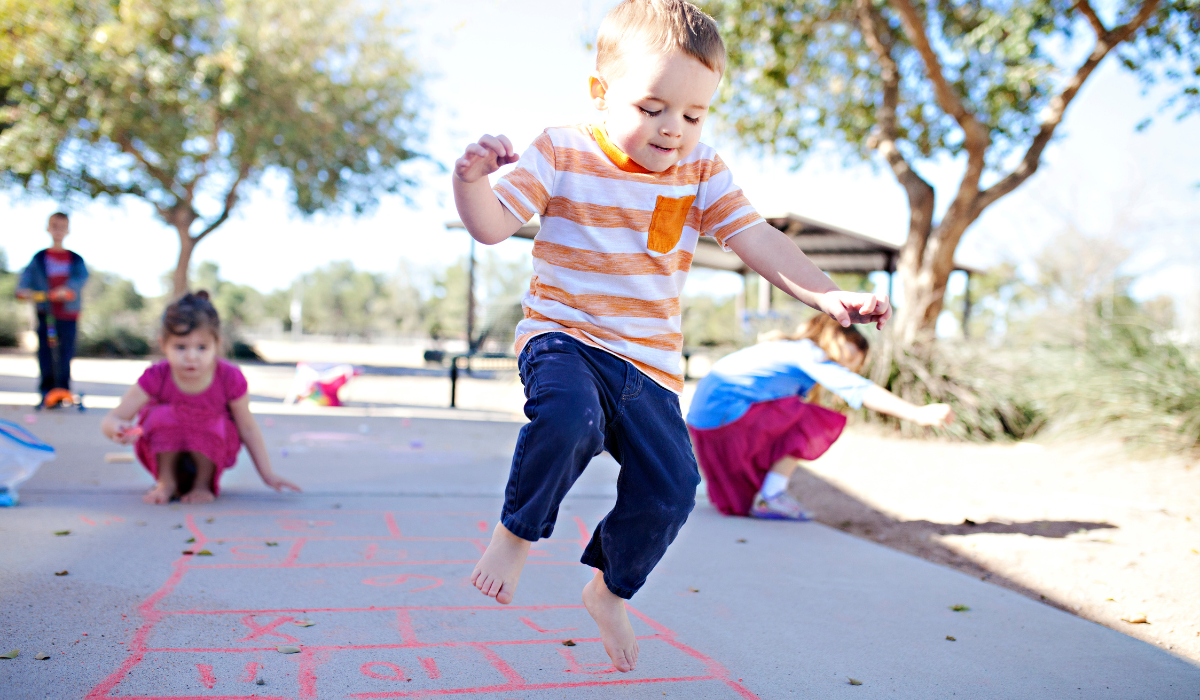How to Reduce Problem Behaviors in Kids with Autism Without Losing Your Patience
Let’s be honest—raising a child with autism is a journey full of love, surprises, and, yes, some really tough moments. If you’ve ever felt overwhelmed when your child has a meltdown, hits, bites, or screams, you’re not alone. Many parents face the same struggles. The good news? There are proven ways to reduce these problem behaviors—without losing your patience. One of the most effective and compassionate tools available is ABA therapy for autism.
ABA therapy helps
kids with autism learn positive behaviors through structure, repetition, and encouragement. It’s not about control—it’s about understanding why a behavior happens and teaching a better way to express needs or emotions.
Even more empowering, it gives parents tools to handle challenges with confidence and calm. So let’s walk through this together, like friends sharing honest advice and real hope.
What Are “Problem Behaviors” in Autism?
“Problem behaviors” can mean different things to different families, but generally, we’re talking about actions that interfere with daily life or learning—things like:
- Tantrums or meltdowns
- Hitting or self-injury
- Not following directions
- Screaming, throwing, or running away
- Aggression toward others
Now, keep in mind: these behaviors aren't your child's fault. They’re trying to communicate something—maybe they’re overwhelmed, anxious, or can’t express their needs.
And here’s where
ABA therapy for autism comes into play.
What Exactly Is ABA Therapy for Autism?
ABA therapy for autism, short for Applied Behavior Analysis, is a science-based approach that helps us understand how and why certain behaviors happen. Instead of focusing on discipline or punishment, ABA is all about teaching in a positive, structured way. It looks at what triggers a behavior, what the child gains from it, and how to replace it with something more helpful or appropriate.One of the biggest strengths of ABA therapy for autism is its focus on
positive reinforcement—rewarding good behavior to encourage it to happen again. Each child gets a personalized plan that targets their specific needs, helping them build communication skills, emotional control, and daily living abilities. Over time, this support makes a real difference in how children connect with the world around them.
How ABA Therapy Helps Reduce Problem Behaviors
When your child receives
ABA therapy for autism, a trained behavior therapist will observe, assess, and build a plan to address specific behaviors. The focus is on:
1. Understanding the “Why” Behind Behavior
Every behavior serves a function—maybe your child is trying to avoid a task, get attention, ask for a break, or fulfill a sensory need.
ABA professionals analyze the
ABC of behavior:
- Antecedent (what happens before)
- Behavior (the action)
- Consequence (what happens after)
Once they find the pattern, they can help you and your child break the cycle.
2. Teaching Alternative Skills
Instead of saying “don’t scream,” ABA therapy teaches your child what TO do instead—like using a word, sign, or picture to say “I need help” or “I’m done.” This helps reduce frustration by giving your child a clear and effective way to express themselves.
3. Reinforcing the Positive
Children are more likely to repeat behaviors that are rewarded. ABA therapists use praise, tokens, or favorite activities to encourage good behavior—making it fun and meaningful. Over time, this builds confidence and motivates kids to keep making positive choices.
4. Preventing Future Issues
Rather than just reacting in the moment, ABA therapy works to prevent meltdowns by teaching routines, building emotional regulation, and helping kids manage transitions and change. This proactive approach creates a more stable, predictable environment that supports long-term progress.
Practical Tips for Parents: Stay Calm While Managing Behaviors
Therapy helps, no doubt. But what about those everyday moments—when your child refuses to get dressed, throws their dinner, or melts down in public? You need tools in your back pocket.
Here are
real-life strategies that blend beautifully with the principles of ABA therapy for autism.
1. Stay Calm and Breathe First
Your child feeds off your energy. If you react with anger or panic, it often escalates the situation. Before responding, take a deep breath and remind yourself:
“This is hard, but I’ve got this.”
2. Use Visual Supports
Visual schedules, choice boards, and picture cards help kids with autism understand what’s coming next, what’s expected, and how to express themselves. They reduce anxiety, which often reduces problem behaviors.
3. Set Clear, Simple Expectations
Instead of saying, “Behave, okay?” try:
- “Hands stay to ourselves.”
- “First clean up, then we play.”
- “Use your words.”
Use consistent language. Kids on the spectrum thrive with structure.
4. Catch the Good Stuff
This is BIG in ABA therapy for autism—notice and praise the good behavior more than you correct the bad.
- “Wow, I love how you asked for help!”
- “Great job waiting your turn!”
- “You used calm hands—that’s awesome!”
Positive reinforcement works wonders.
5. Use the “First/Then” Technique
This is a gem for transitions or requests your child might resist.
- “First brush teeth, then tablet time.”
- “First shoes on, then we go outside.”
It creates motivation and structure.
6. Give Choices (Within Limits)
Choices give your child a sense of control, reducing power struggles.
- “Do you want to wear the red shirt or blue?”
- “Snack now or after the puzzle?”
Choices reduce conflict and boost cooperation. They also help your child feel heard and respected, which strengthens your connection.
7. Avoid Power Struggles
Sometimes, it’s okay to let the small stuff slide. Save your energy for behaviors that really matter. Ask yourself:
“Is this unsafe or just inconvenient?”
Pick your battles with care. Letting go of minor issues can reduce stress for both you and your child, making space for more meaningful progress.
8. Use Sensory Breaks
Many kids with autism experience sensory overload. Offer calming activities:
- Weighted blankets
- Noise-canceling headphones
- Swings, squeezes, or quiet corners
ABA therapy often includes sensory regulation plans—follow them at home.
9. Have a Behavior Plan (and Share It)
Work with your ABA provider to create a plan—and make sure family, teachers, and babysitters are on the same page. Consistency is key. Sharing the same strategies across environments helps your child feel secure and supported.
10. Celebrate Progress, Not Perfection
Every step forward matters. Maybe today your child only had one meltdown instead of three. That’s a win. Don’t expect overnight miracles—focus on small victories. Recognizing even small improvements builds motivation and keeps everyone encouraged.
When to Seek Professional Help
If your child’s behaviors are causing harm, interfering with learning, or creating ongoing stress at home, it’s time to seek professional help. Behaviors like frequent meltdowns, aggression, or self-injury are signs that your child may benefit from structured, therapeutic support.
Start by searching “ABA therapy for autism near me” to find certified providers. Many offer flexible services, including in-home, school-based, or virtual sessions. Also, consult your pediatrician for trusted referrals. For expert, compassionate care, consider Able Minds ABA—a dedicated center helping children with autism thrive through personalized ABA therapy.
Final Thoughts
Parenting a child with autism takes strength, patience, and an incredible amount of love. Some days are joyful, others overwhelming—but through it all, what matters most isn’t being perfect. It’s about being present, consistent, and supportive, even when things get tough. Just showing up and trying each day is already a powerful step.
ABA therapy for autism does more than reduce problem behaviors—it helps you understand your child better and gives you practical tools to support them with confidence. It empowers both you and your child to grow together. And remember, you’re not alone in this journey. With the right support and a little patience, you’ve truly got this.
FAQ’s
How quickly does ABA therapy work for autism?
ABA therapy is a long-term approach, and results vary by child. Some families notice positive changes in just a few weeks, while others may see progress over several months. Consistency, regular sessions, and individualized planning are key to success.
Can I do ABA therapy at home without a therapist?
Yes, parents can apply ABA strategies at home, especially with proper training. Many programs offer parent support to help with this. Still, working with a certified ABA therapist ensures your child’s plan is safe, tailored, and effective.
Is ABA therapy suitable for older children or teens with autism?
Definitely. ABA is adaptable for all ages, including teens. The focus may shift toward social skills, independence, or daily living tasks, but the principles remain effective and relevant. With the right approach, older children can continue to build meaningful skills that support success at school, home, and in the community.
What if my child doesn’t respond to ABA therapy?
If progress feels slow, it doesn’t mean ABA isn’t working. Sometimes strategies need adjusting, or your child may benefit from combining ABA with other therapies like speech or OT. Regular communication with your team is important.
Will ABA therapy help with aggression and meltdowns?
Yes. ABA is often used to reduce behaviors like aggression and meltdowns by identifying triggers, teaching new coping skills, and reinforcing positive behavior. It helps create a calmer, more structured environment for your child.










